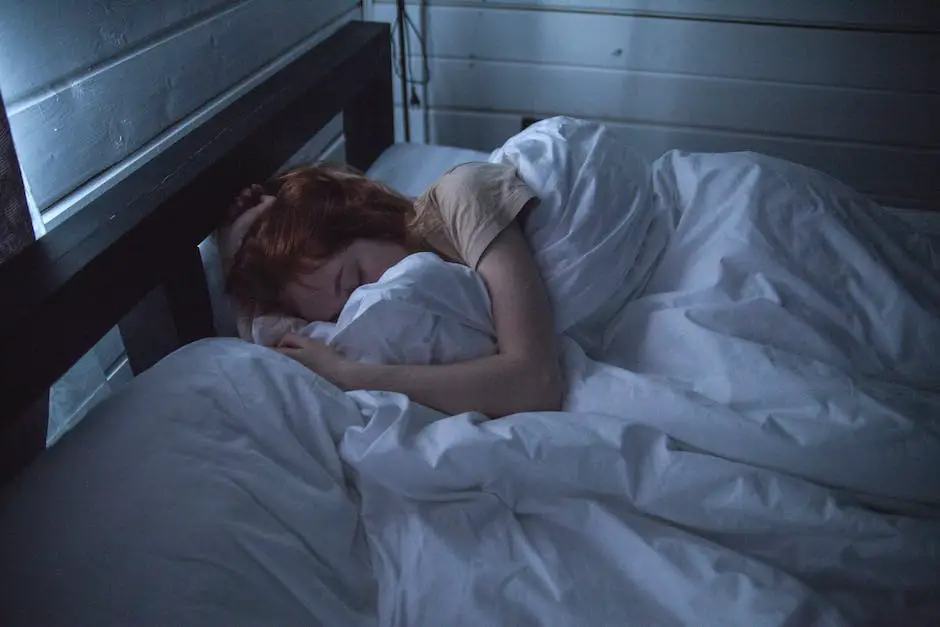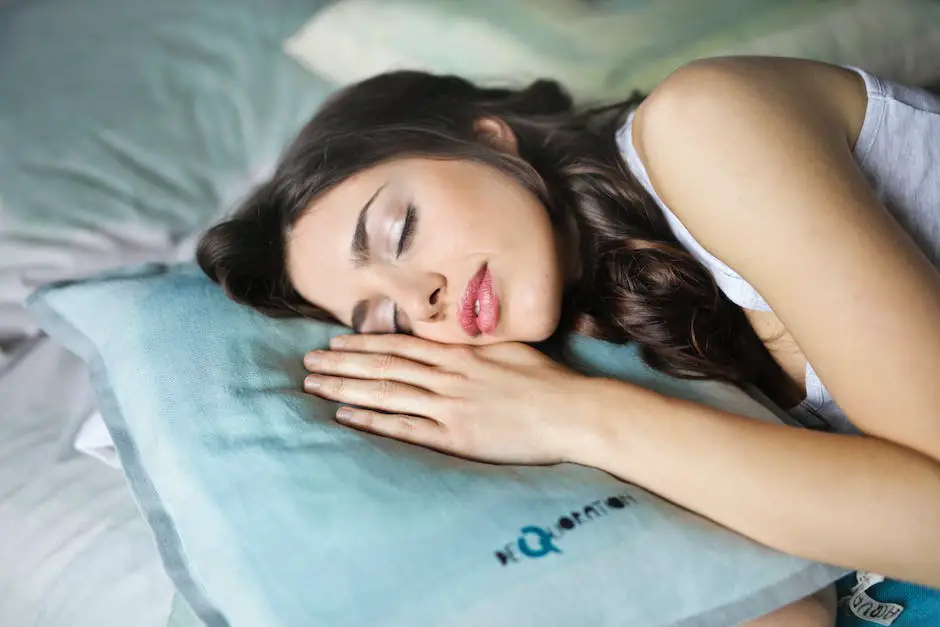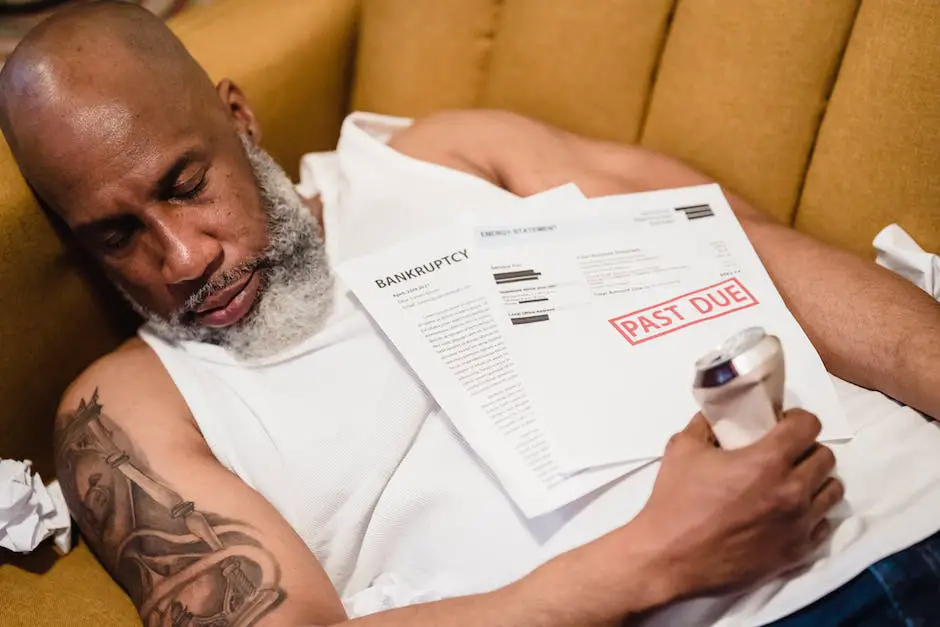When it comes to the enigma of dreams, numerous factors play a part in determining their intensity, frequency, content and recollection. Among these factors, the influence of alcohol, a substance consumed worldwide, is an intriguing and complex subject. The ubiquitous ‘nightcap’ has implications that go beyond mere relaxation, venturing into the realm of our subconscious and affecting our sleep cycle, thereby impacting our dreams. This essay aims to unpack how alcohol manipulates our usual dream patterns, changes sleep quality, and creates a ripple effect on our resting state. By understanding the normal sleep cycle, delving into the impact of alcohol on sleep, discussing its specific effects on dreams, and paying attention to research findings, we can gain a comprehensive view of why alcohol influences dreams the way it does.
Understanding the Sleep Cycle
Understanding the Sleep Cycle: From Light Sleep to REM
The average human sleep cycle consists of multiple stages, each with its distinct characteristics. Stage one, light sleep, is where we spend half of our sleeping time. This stage is highly responsive to external stimuli, making it easier to wake up.
Stage two is deeper and characterized by slower brain waves with occasional bursts of rapid brain waves. In this stage, body temperature drops, and heart rate slows down.
Stages three and four are known as deep sleep or slow-wave sleep. The body performs reparative processes during this time, such as tissue growth, cellular repair, and the release of hormones needed for growth and stress management.
The final stage of the sleep cycle, REM (Rapid Eye Movement) sleep, is where dreaming occurs most vividly due to increased brain activity comparable to that of being awake. REM sleep is crucial for memory consolidation and learning.
On average, adults spend 20-25% of their sleep in REM, and it usually occurs around 90 minutes after falling asleep. The length of REM sleep progressively extends with each cycle throughout the night, making the longest REM periods happen towards morning.
Alcohol and the Sleep Cycle
Alcohol is a potent disruptor of the sleep cycle, particularly impacting REM sleep, which, as mentioned, is the stage where vivid dreaming takes place.
Initially, alcohol can induce a sense of sleepiness and even facilitate falling asleep due to its sedative properties. However, as the night progresses, and the body metabolizes the alcohol, a rebound effect occurs. The sedative effect dissipates, leading to frequent awakenings and a surge in REM sleep, often characterized by intense and vivid dreams or nightmares.
Furthermore, alcohol often prompts more significant sleep disruptions in the second half of the night, after it’s mostly been metabolized. This timeframe aligns with the periods of extended REM sleep, further amplifying the alterations to dream patterns.
Understanding Alcohol’s Influence on Dream Patterns
It’s important to understand that alcohol modifies REM sleep, which is why it subsequently affects dreaming. High consumption of alcohol can lead to a phenomenon known as REM rebound. This is primarily due to alcohol’s ability to suppress REM sleep earlier in the night, causing the brain to compensate and increase REM sleep later on. This compensation, in turn, can lead to a spike in dreaming.
However, the dreams experienced under such circumstances are usually atypical. This is likely due to alcohol’s disruptive influence on sleep structure and brain wave activity, leading to unusually vivid dreams or even nightmares.
Additionally, drinking alcohol could worsen sleep conditions like sleep apnea, insomnia, and parasomnias (abnormal behaviors during sleep). This can further influence dream patterns and overall sleep quality.
In sum, alcohol’s effect on our dreams can mainly be traced back to its manipulation of the sleep cycle, especially REM sleep, our most dream-rich stage. The negative impact of alcohol can transform dream frequency, intensity, and even narrative in a way that often leads to uncomfortable sleep experiences.

Alcohol and its Impact on Sleep
Immediate Effects of Alcohol on Sleep
Initially, consuming alcohol before bedtime can lead to sleepiness due to its sedative properties, potentially giving a false sense that a nighttime drink aids sleep. However, the drowsiness induced by alcohol consumption doesn’t last. Instead, it leads to agitation and fragmented sleep during the later part of the night. Mostly, this restlessness is due to alcohol’s tendency to interfere with normal sleep structure.
The Sleep Architecture and Alcohol
Sleep consists of two main states: REM (rapid eye movement) sleep and non-REM sleep. Both states are essential for the brain’s restorative functions, including memory consolidation and cognitive function development. Non-REM sleep consists of different stages, culminating in deep sleep, the most restful state. REM sleep, on the other hand, is associated with dreams and increased brain activity.
After consuming alcohol, people often experience decreased REM sleep and an increase in deep non-REM sleep during the first part of the night. However, as the effects of alcohol wear off, this pattern reverses, leading to an increase in lighter non-REM sleep and REM sleep. This shifting sleep patterns can result in vivid, often unpleasant dreams and poor quality sleep.
Alcohol and Dream Alterations
The increased REM sleep in the latter part of the night, often referred to as “REM rebound,” can lead to intense dreaming. Since REM sleep is closely linked to dreaming, this rebound effect often results in more vivid and disturbing dreams, exacerbating feelings of fatigue upon waking up.
Impact of Chronic Alcohol Use on Sleep and Dreams
Chronic alcohol consumption can have long-term effects on sleep patterns and dream experiences. Continued alcohol intake can lead to a decrease in the overall amount of REM sleep, thereby reducing the chances for dreaming. After prolonged use, when alcohol is withdrawn or reduced, the body may experience a significant REM sleep rebound, potentially leading to extremely vivid and unsettling dreams, a phenomenon that is often reported in those undergoing withdrawal.
Additional Factors: Disrupted Circadian Rhythms
Alcohol also disrupts the circadian rhythm, the body’s natural sleep-wake cycle. This disruption can further exacerbate sleep disturbances and dream patterns. By delaying the onset of REM sleep and altering its distribution throughout the night, alcohol can create inconsistency in the body’s natural rhythm, thus compromising the overall quality of sleep and potentially leading to altered dream patterns.
In conclusion, alcohol, while it can seemingly help initiate sleep, profoundly disrupts regular sleep patterns in the long term. It modifies dream experiences and significantly diminishes the overall quality of sleep.

Alcohol’s Effect on Dreams
The Influence of Alcohol on REM Sleep and Dreams
The most significant way that alcohol affects dreams is by inhibiting the Rapid Eye Movement (REM) stage of sleep, where most dreaming usually happens. Notably, it’s during the first half of the night that alcohol most suppresses your REM sleep. This is largely due to the sedative properties of alcohol, especially ethanol, leads to sleep but inhibits certain stages of the sleep cycle.
In the initial stages of post-alcohol consumption sleep, an event known as “REM rebound” occurs. After REM sleep gets suppressed early in the night due to alcohol, your brain attempts to reclaim REM sleep by extending its duration and intensity later in the night. More vivid and intense dreams, or even nightmares, often result from this REM rebound.
Furthermore, the ensuing disruption of your sleep cycle usually results in sleep experienced as being lighter and more fragmented. Consequently, this poor sleep quality can lead to a higher chance of awakening and remembering dreams.
Alcohol and Dream Content
Aside from the impact on REM sleep, alcohol can also influence the content of dreams. Numerous research studies have found evidence suggesting that alcohol consumption can lead to alterations in dream content, often resulting in more negative or even disturbing dreams. This is potentially due to the fact that alcohol is a depressant, and can exacerbate depressive symptoms and anxiety, which can subsequently manifest within dreams.
Alcohol and Dreamless Sleep
Consuming high amounts of alcohol closer to bedtime can sometimes result in what feels like “dreamless sleep.” This phenomenon is due to the inherent properties of alcohol as a potent suppressor of REM sleep. If this phase of sleep, where most dreaming occurs, is significantly reduced or delayed, it can lead to periods of sleep where no dreams are experienced, or are not remembered upon awakening.
It’s critical to understand that alcohol-induced “dreamless sleep” doesn’t necessarily mean better sleep. In fact, it usually means that sleep quality is suffering. The body and mind need the REM phase for memory consolidation, learning, and mood regulation.
Chronic Alcohol Use and Its Impact on Dreams
Regular or prolonged consumption of alcohol can lead to more starkly noticed changes in sleep and dreams. Withdrawal from incessant alcohol use often stimulates notable disruptions in sleep, marked by a reduction in total sleep duration, frequent awakenings, and a drawn-out and amplified stage of REM sleep. As a result, it usually brings about vivid or disturbing dreams or nightmares – usual withdrawal traits.
In general, while alcohol could ostensibly help with inducing sleep, the subsequent interference with the sleep cycle and dream patterns might eventually culminate in poor quality of sleep and unsettling dream occurrences.

Research Findings on Alcohol and Dreams
Grasping the Influence of Alcohol on Sleep and Dreams
The interference of alcohol with dreams broadly stems from its impact on sleep. The dual nature of alcohol’s impact on sleep comprises sedative and disruptive effects. Initially, alcohol behaves as a sedative, aiding quicker onset of sleep. However, as the body processes alcohol and the sedative effect subsides, it triggers a “rebound effect” that is characterized by heightened alertness, nightmares, and irregular sleep patterns.
The Connection Between Alcohol and Dreaming
One of the primary ways that alcohol affects dreams is tied to its impact on REM (Rapid Eye Movement) sleep. REM sleep is the stage of sleep where vivid dreaming often occurs. When alcohol is consumed before bed, it can lead to a delay in the onset of REM sleep. As a result, less time is spent in REM sleep early in the night and more time in deep, slow-wave sleep. This is known as “REM rebound,” a phenomenon where REM sleep stages lengthen during the later half of the night. As alcohol is metabolized and its effects wear off, the brain may enter REM sleep, which can result in more vivid and potentially disturbing dreams.
Scientific Evidence on Alcohol and Dreams
Studies have supported the observation that alcohol affects the architecture of sleep and consequently the dream process. A study published in the journal Alcohol and Alcoholism reported that individuals who consumed alcohol before sleep experienced a suppression of REM sleep early in the night, followed by an increase in REM sleep later in the night. Another study in Neuroscience and Biobehavioral Reviews found that the REM rebound effect following alcohol consumption was related to an increase in dream intensity and emotional content.
Alcohol and Nightmares
Alcohol consumption, especially heavy drinking, has been associated with an increased prevalence of nightmares. Though not fully understood, this is likely related to alcohol’s disruptive effects on the sleep cycle, specifically REM sleep when nightmares generally occur. Researchers believe that alcohol disrupts the normal inhibition process that prevents the acting out of dreams, allowing vivid, and sometimes terrifying dreams to occur more freely.
In summary
The effects of alcohol on dreams are complex and involve numerous factors including disruptions to normal sleep architecture and changes in REM sleep. Despite initial sedative effects, the metabolizing process of alcohol can lead to poor-quality, fragmented sleep and an increase in vivid and sometimes disturbing dreams.

In our journey to understand the influence of alcohol on dreams, we’ve covered significant ground. Understanding the fundamentals of the sleep cycle has helped us discover how a substance as common as alcohol can disrupt our natural sleep patterns and tangibly pull the strings of our dreams. Exploring the impact of alcohol on sleep and dreams has equally shed light on its double-edged nature, where immediate comfort might lead to uncomfortable dreams or even dreamless nights. The insights presented through various research findings only cement these preliminary observations. As we continue to explore the world of sleep and dreams further, let this knowledge guide our choices, knowing that every element we introduce into our system, knowingly or unknowingly, has in-depth repercussions that echo into the silent hours of our slumber and permeate our dreams.
